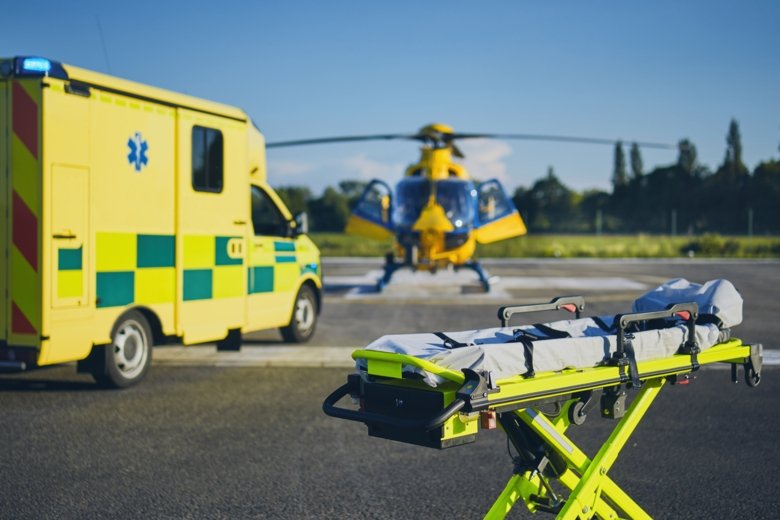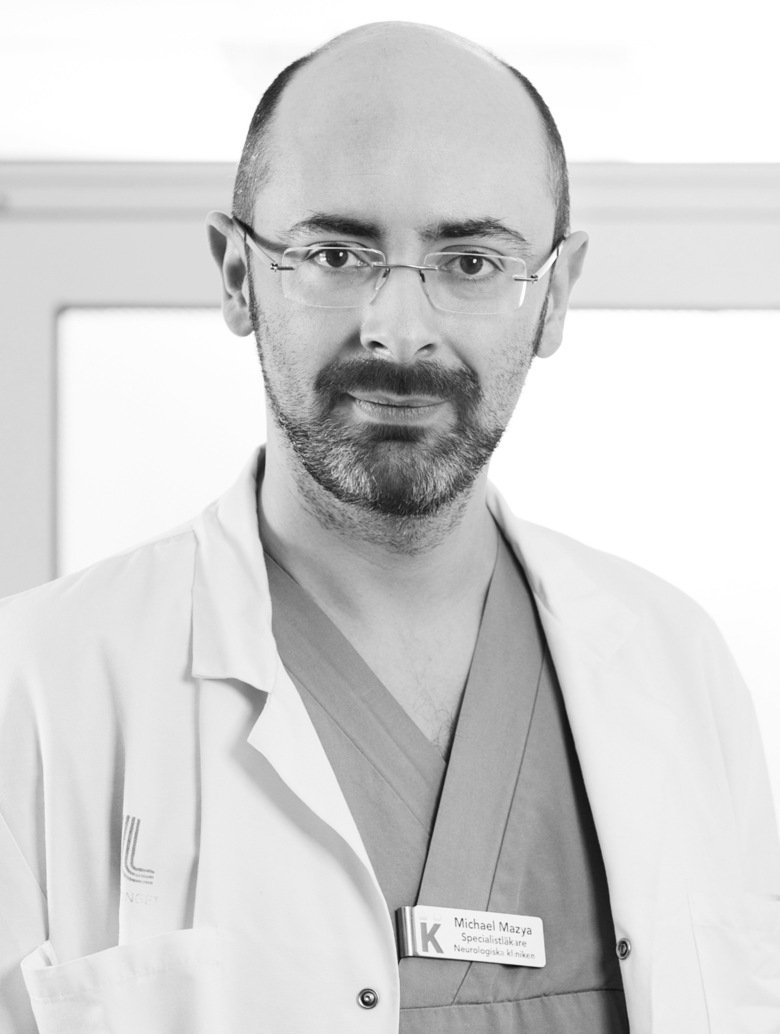New practices improved stroke care

A new method of evaluating and prioritizing treatment for patients with suspected acute stroke, which has been used by the Stockholm health authority since 2017, has led to faster health interventions and better patient care, shows a new study from Karolinska Institutet published in the journal JAMA Neurology.
Stroke can be caused by a clot in the large arteries of the brain. For every minute that an artery is blocked, two million neurons die. Without acute intervention, only 10 percent of the patients return to normal function three months after their stroke. The most effective intervention is mechanical clot removal, or endovascular thrombectomy (EVT). The earlier the blood vessel is re-opened, the greater the number of brain cells that survive. However, there is commonly some delay before treatment, as most patients are taken by ambulance to the nearest hospital for examination, and then transferred to EVT-performing university hospitals, such as the Karolinska University Hospital in Solna.

“There has been a justification for this system, as patients who don’t need EVT receive the best care at the stroke unit in their local A&E hospital,” says the study’s lead author Michael Mazya, consultant at Karolinska University Hospital and researcher at the Department of Clinical Neuroscience, Karolinska Institutet. “The challenge for ambulance staff has been to assess which patients may benefit from direct transport to a university hospital, and which can be taken to the nearest stroke unit as usual.”
Used in Stockholm since October 2017
To reduce the time to EVT, a new triage system has been used in the Stockholm region since October 2017. The results have now been evaluated in a new study published in the scientific journal JAMA Neurology. In patients with suspected stroke, the triage involves two steps. First the ambulance nurse tests the degree of symptom severity using the A2L2 system (where A stands for arm, and L for leg). If the patient is unable to raise his or her arm for ten seconds and the leg for five, it generally indicates a severe stroke, which often requires EVT. The second step is a telephone call to a stroke physician, to exchange additional information and decide on the optimal destination.
“The telephone consultation allows the ambulance staff and stroke physician to discuss the preliminary diagnosis,” Mazya says. “The doctor can read up on the patient’s background and activate the stroke team. This really speeds up acute management and treatment decisions once the patient arrives at the hospital.”
Much faster
The results show that thanks to the A2L2 test and tele-consultation, 71 percent of patients in need of EVT are now taken directly to Karolinska University Hospital in Solna, as opposed to 28 percent before. The average time from stroke onset to EVT is now two hours and 15 minutes, which is 70 minutes faster than in the old system, 65 minutes faster than the Swedish national average, and a full 1 hour and 45 minutes faster than in international randomized studies of EVT.
Faster treatment delivery has resulted in 34 percent of EVT patients completely recovering their functional ability, compared with 24 percent in the old system, despite the fact that patients treated since the implementation of the new system have been older and had a higher average stroke severity.

“The results are very pleasing,” says Christina Sjöstrand, senior consultant in charge of stroke care at Karolinska University Hospital and researcher at the Department of Clinical Neuroscience, Karolinska Institutet. “Much of the success is thanks to a close collaboration between key stroke professionals in all of the region’s hospitals, and colleagues in pre-hospital care. We are continuing to use the new triage system throughout the Stockholm region and will be presenting more comprehensive data on patient outcomes at the World Stroke Conference in Vienna in November this year.”
Publication
“Implementation of a Prehospital Stroke Triage System Using Symptom Severity and Teleconsultation in the Stockholm Stroke Triage Study,” Michael V. Mazya, Annika Berglund, Niaz Ahmed, Mia von Euler, Staffan Holmin, Ann-Charlotte Laska, Jan M. Mathé, Christina Sjöstrand och Einar E. Eriksson, JAMA Neurology, online 6 april 2020, doi: 10.1001/jamaneurol.2020.0319
